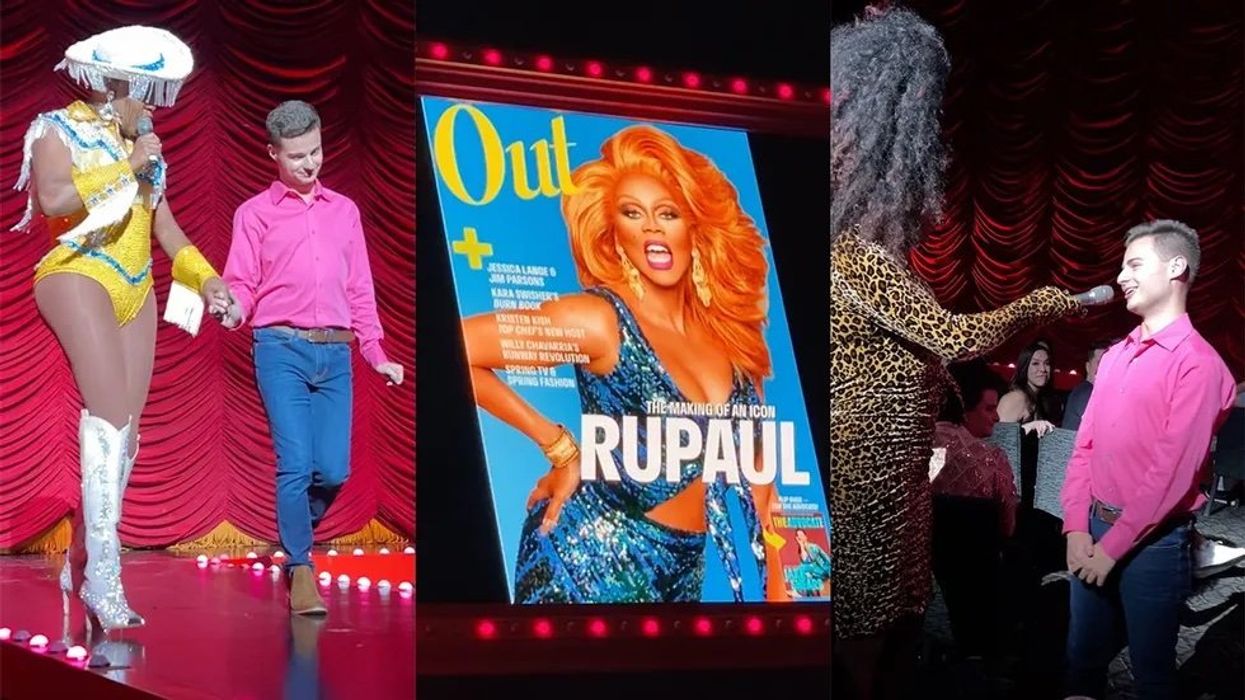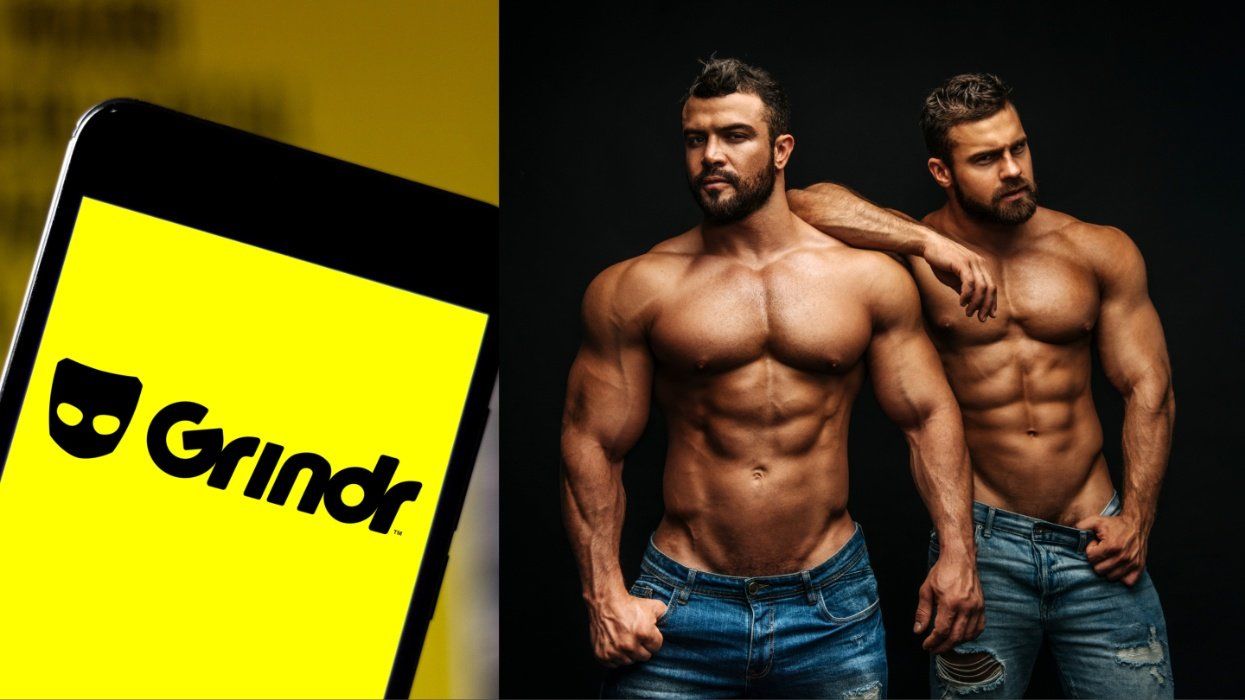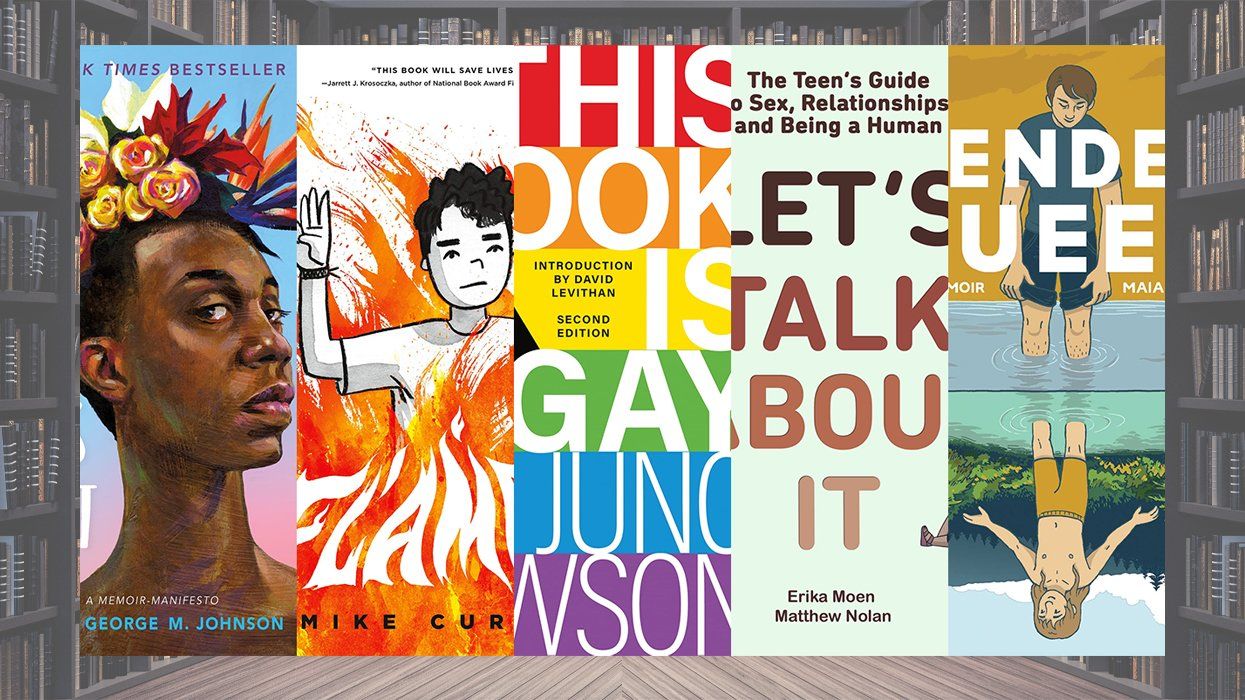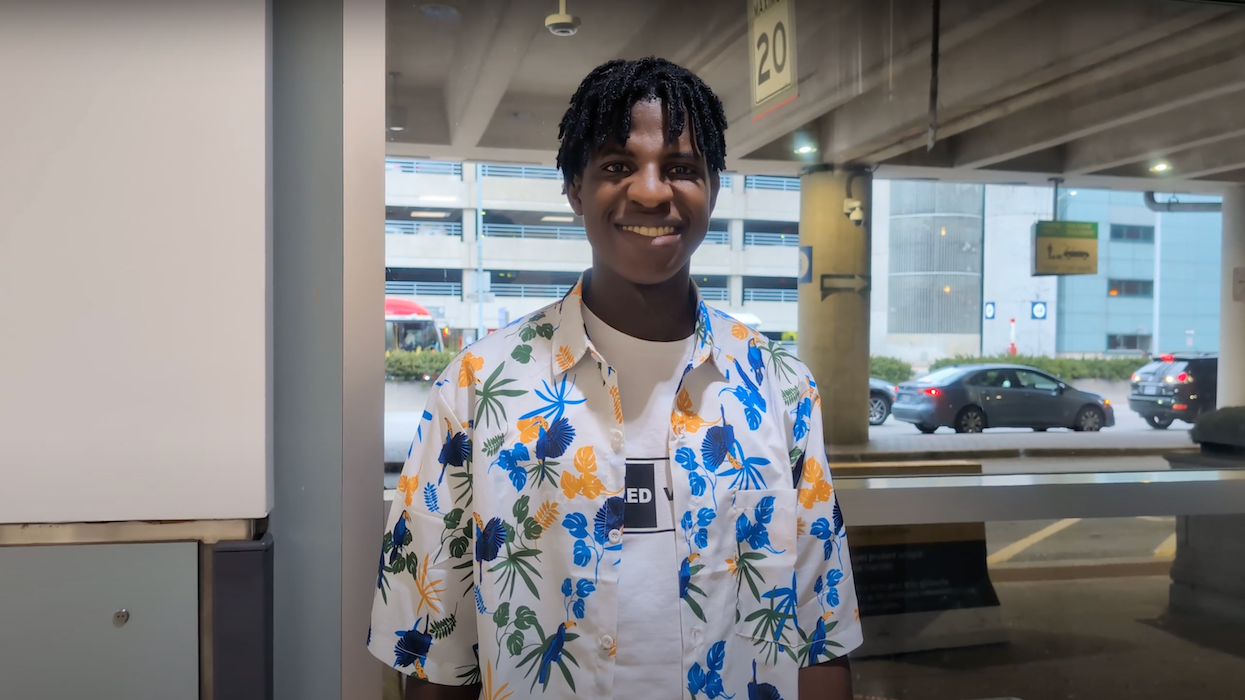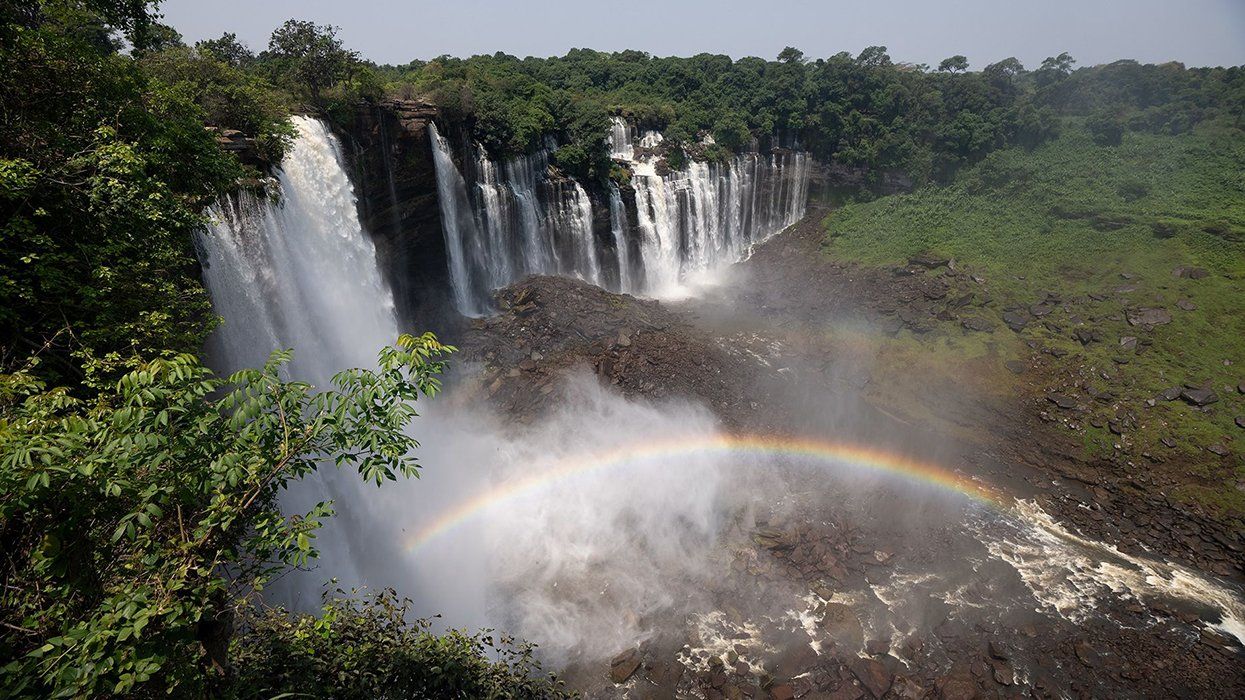FORTRESSES OF CULTURE
Farther south in the Navajo Nation, the next stop was Canyon de Chelly National Monument, a hallowed valley where enormous rock walls harbor ancient cliff-dwelling pueblos and an 800-foot rock spire called Spider Rock is home to Spider Woman, the deity who gave the secret of weaving to the Navajo. Then it was on to the second great nation within Arizona, the Hopi reservation. Completely encircled by the Navajo Nation, the Hopi have resided in the region for centuries longer than the Navajo and claim their village of Oraibi is the oldest continuously inhabited town in the United States, dating to 1150. Forced to retreat high atop mesas by the conquering Spaniards, the Hopi now protect their unique culture carefully. Tourists are not allowed to take photos of the towns or observe most of the community?s ceremonies, and only one mesa-top village, Walpi, is open for tours. The Hopi mesa communities are like up-to-date versions of the ancient pueblos found deep in Arizona?s canyons, with boxlike stone houses complete with wooden ladders leading to entrances via rooftops (albeit now with satellite TV dishes). Other ladders lead down into windowless kiva chambers, where only men are allowed to take part in private ceremonies and dances. But everyone seems to fling open the doors of the more Western-style houses, happily presenting hand-carved kachina dolls (representing ancient spirits) and Indian jewelry for sale.
?I used to work in construction, but now I carve kachinas,? explained Marvin, a man in his 30s sitting outside his home with his son. ?Lately, we?ve even been noticing climate changes, where the winds come and blow away the topsoil, making it harder for us to plant corn.? Marvin mentioned that many younger Hopi leave for cities and jobs, but they still feel drawn back to their tight-knit desert communities.
Marvin then told me about a dance going on in the nearby village of Bacavi, one of the few ceremonies outsiders are welcome to watch. I soon pulled up to a plaza surrounded by a rectangle of stucco buildings, whose roofs were filled to capacity with Hopi families. A long line of 50 male dancers appeared decked out in body paint, masks, and rattling gourds. After much chanting and singing, and to the delight of the crowd, the dancers began handing out baskets of fruit and cookies to the little children in the audience. Grandmothers wrapped in colorful blankets speaking their mother tongue smiled in approval. Looking around, I realized that no matter how much satellite television, KFC, climate change, or unemployment the native peoples of Arizona had to put up with, their cultures had been through a lot more, and they were strong enough to somehow stay intact in this unrelenting environment. I drove off happy with the thought that their cultural and spiritual stamina had indeed lasted through the ages.
Sidebar: THE NITTY GRITTYSTAYING THERE: The college town of Flagstaff, about an hour and a half south of the Grand Canyon, makes a good base for exploring northern Arizona. There are three gay-run B&Bs: the historic
Inn at 410 (800-774-2008; Inn410.com), just two blocks from downtown;
Starlight Pines B&B (800-752-1912) in a Victorian-style home; and the Sled Dog Inn (800-754-0664; SledDogInn.com), a mountain-lodge-style B&B south of town.
In the Grand Canyon Village on the South Rim, your first choice should be the impressive 78-room
El Tovar (888-297-2757), a 1905 hunting lodge renovated in 2005 with direct views of the canyon. In the canyon itself, the
Phantom Ranch (888-297-2757) requires a long hike down, but you?ll be rewarded with ?20s-era streamside stone cabins.
At Monument Valley, the old standby is the motel-like
Goulding?s Lodge (435-727-3231), just outside the park entrance. At Canyon de Chelly the Thunderbird Lodge (800-679-2473; TbirdLodge.com) is a pink adobe hotel with a restaurant, and on the Hopi reservation at Second Mesa, the Hopi Cultural Center (928-734-2401; HopiCulturalCenter.com) includes a modest hotel as well as a museum, gallery, and restaurant.
GETTING THERE AND AROUND:
Phoenix and Las Vegas have the most convenient international airports in the area. To avoid the South Rim?s congestion, arrive via a two-hour trip on the legendary
Grand Canyon Railway (800-843-8724) in vintage carriages with dome viewing, year-round service, and five classes of servic
:e.
At Monument Valley, join natives on open-air bus excursions with
Simpson?s Trailhandler Tours (877-686-2848), or go for the full Navajo experience with an overnight stay in a traditional hogan, with dinner, dances, and campfire tales. The only way to tour the inside of Canyon de Chelly is via guided six-wheel-drive jeeps run by
Thunderbird Lodge (800-679-2473). At the Hopi reservation, take a tour of the mesa village of Walpi on First Mesa by signing up at the
Ponsi Hall Visitor Center (928-737-2262).
Part One | Part Two | Part Three
















